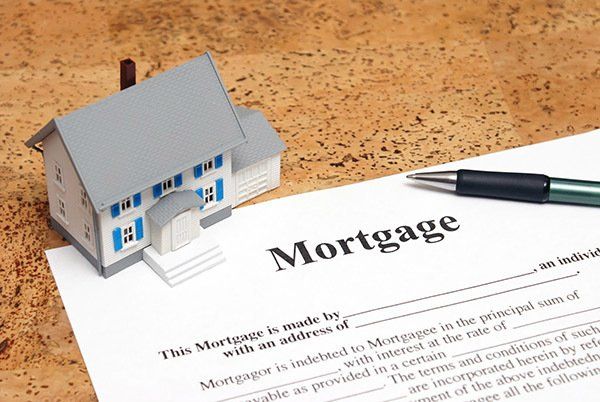Numbers to Know When Applying for a Home Mortgage
- By Admin
- •
- 30 Apr, 2019

The home mortgage application and underwriting process doesn't usually take long but does involve reviewing a few numbers. If you're applying for a home mortgage, here are some key items and figures you should be aware of.
20 Percent Down Payment
Your down payment is the amount initially paid at the time of closing. The down payment is subtracted from the purchase price, and the remainder determines the balance of your mortgage. People also refer to the payment as a flat dollar amount (e.g. $50,000) or as a percent of the home purchase price (e.g. 10 percent).
While many mortgage programs allow you to purchase a home with less than a 20 percent down payment, saving up this much will reduce the monthly installments you pay on the mortgage. Lenders require homebuyers who put less than 20 percent down to purchase private mortgage insurance (PMI). Those who pay 20 percent or more at closing don't need to purchase this.
PMI is an insurance program that guards against default, and it comes with a monthly premium that you must pay. If you're able to avoid the requirement to purchase this, you'll have more each month that can you can put toward your mortgage balance, home improvement projects, or other items in your budget.
43 Percent Debt-to-Income Ratio
When determining what size mortgage you're able to qualify for, lenders will look at your debt-to-income ratio. They calculate this by dividing all your monthly debt payments by your total monthly income and expressing the ratio as a percent.
As an example, assume you have a monthly household income of $5,000. From that income, you make a student loan payment of $150, a credit card payment of $100, and a car loan payment of $200 each month, Your debt-toincome ratio would be 8.5 percent ($450 in debts / $5,000 in income x 100 percent).
Specific debt-to-income ratio requirements vary, but most lenders will limit the ratio at 43 percent. Thus, all your household debts after a mortgage is approved - and including the mortgage payment - shouldn't be more than 43 percent of your monthly income.
For the purposes of this calculation, the mortgage payment number used includes the mortgage payment, property taxes, homeowners insurance premiums, and homeowners association fees (if applicable). Even though some of these aren't technically debt payments, they're treated as such because you have to pay them to own the house.
760 Credit Score
Lenders will also look at your credit score, and this may be where the most variance is among mortgage underwriting practices. A sampling of mortgage programs' credit score requirements shows just how much difference there is in this particular area:
- Jumbo loans often require a credit score of 760.
- Agriculture Department loans require a credit score of at least 640.
- Many lenders require a credit score of at least 620.
- FHA mortgages are available with a credit score of 500.
- VA loans technically have no minimum credit score requirement.
Despite the varied requirements, a credit score of 760 should be your ultimate target. If you can attain this high of a score, you'll be able to qualify for any loan program and get the best available interest rates regardless of what mortgage you take out.
Should you fall short of the ultimate 760 mark, your efforts will still pay off. Home mortgage interest rates decrease as your credit score increases, and you don't need to reach 760 to see this benefit. Raising your credit score just a few points will help reduce your mortgage's interest rate.
You can improve your credit score by making payments on time, reducing your overall debt load, and avoiding new loans before you apply for a mortgage.
To apply for a home mortgage, contact Cornerstone Residential Mortgage.



